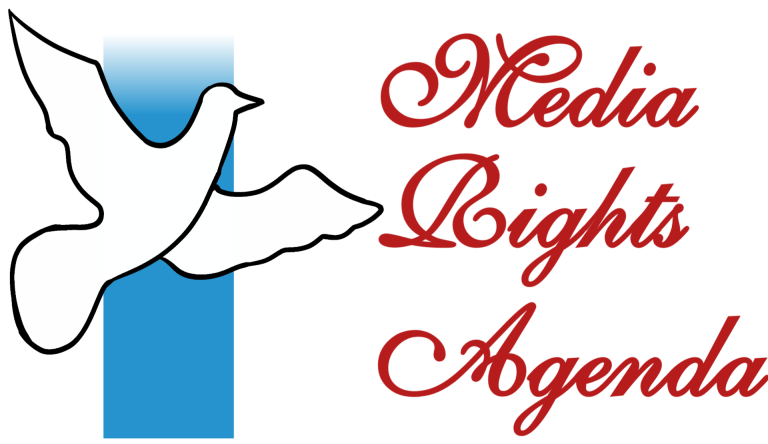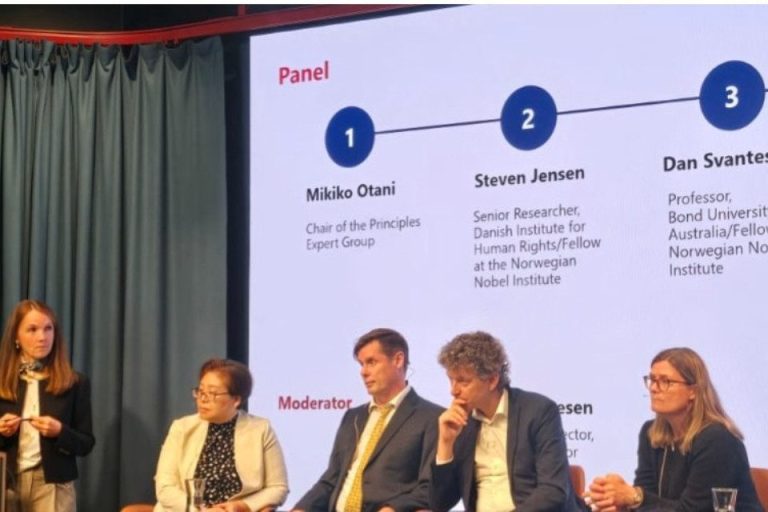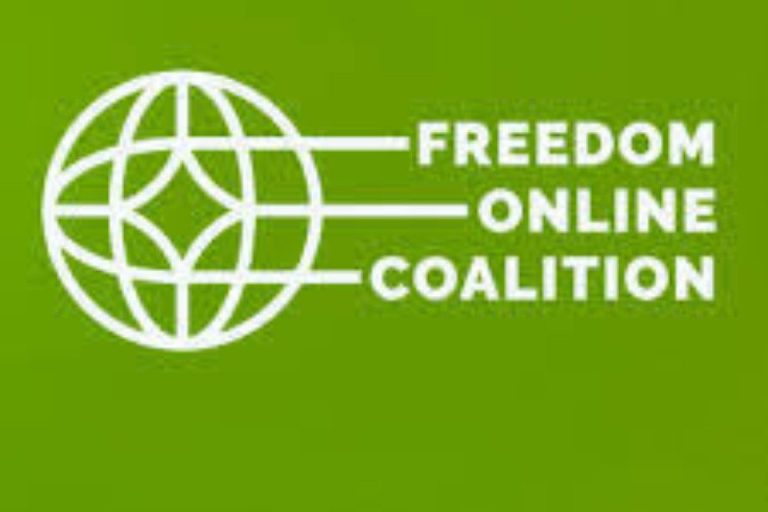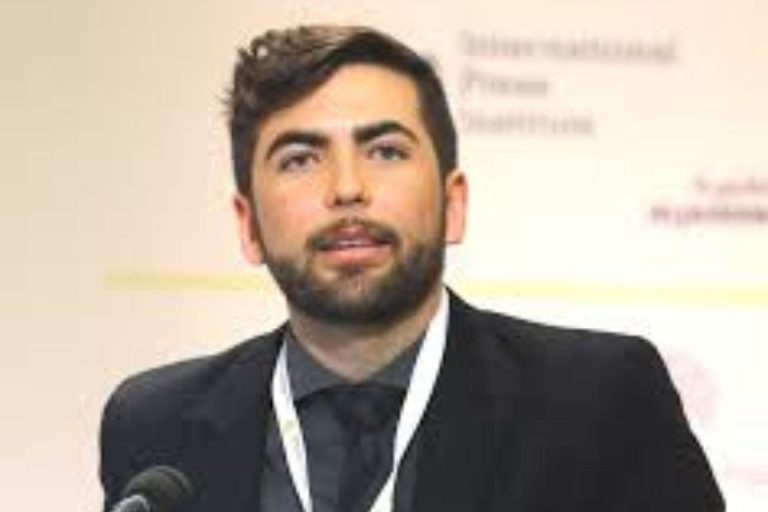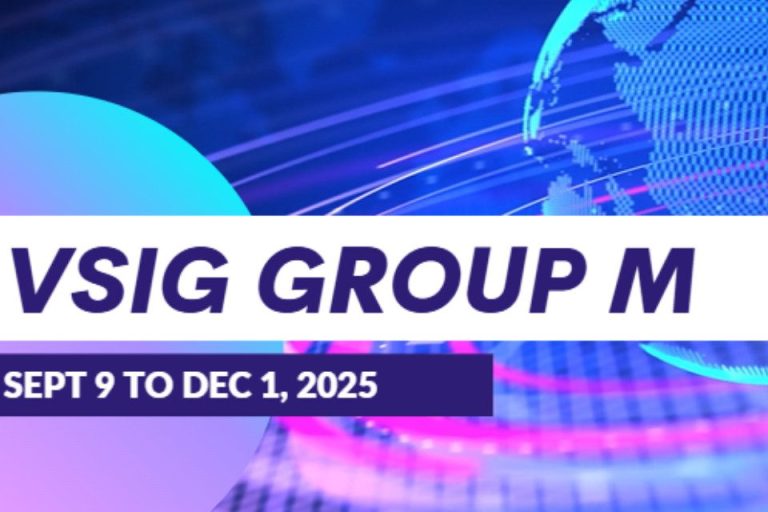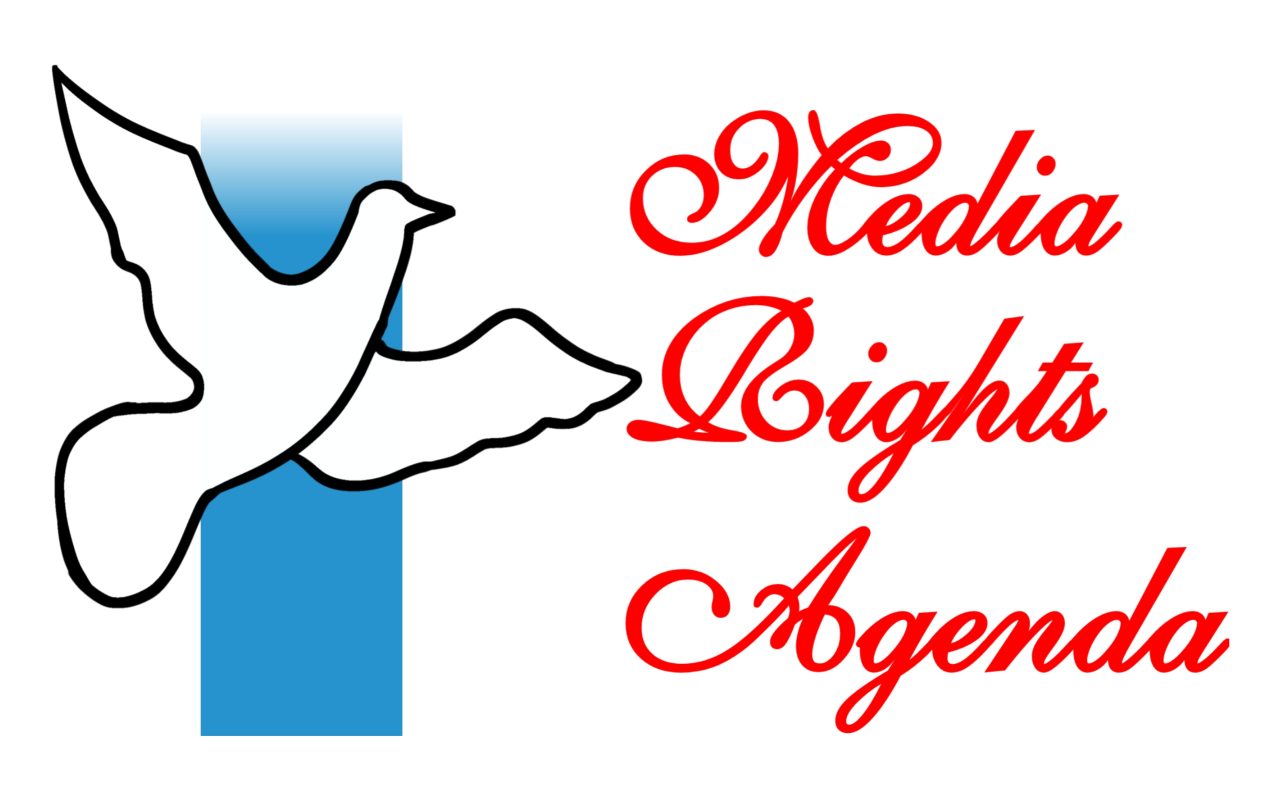The International Steering Committee for the Global Alliance on Media and Gender (GAMAG-ISC), a UNESCO initiative, has called on UN member states to include strong provisions on gender, media, and ICTs in the post-2015 Sustainable Development Goals (SDGs), which will frame the UN agenda in these areas.
The GAMAG Committee which held its first meeting in Geneva on November 4 and 5, 2014, was forged during the Global Forum on Media and Gender held in Bangkok in December 2013. It is a network of 500 media organisations and civil society groups from around the world.
The meeting was an opportunity for member organisations to debate on the GAMAG Framework and Action Plan and prepare a realistic work plan for the next two years. The Committee explored the post-2015 action plan to be adopted to promote gender equality in the media. The Alliance committed to work towards a non-stereotypical, fair and gender balanced portrayal across all forms of media; the promotion of ethical principles and policies supporting gender equality in the media; and the safety of women in the media. According to the GAMAG-ISC the right to communicate; access to information, Information and Communication Technologies (ICTs) is integral to sustainable development. Currently, GAMAG said, “this issue is glaringly missing from the seventeen SDG’s and the 169 targets that will replace the Millennium Development Goals next year.”
The proposed provisions consist of taking advantage of collective energy, contributing to finalizing the draft gender and media indicators, as well as presenting and discussing these indicators at the 59th Commission on the Status of Women (CSW) media side event.
The World Association for Christian Communication in a research it conducted discovered that a mere 24% of news sources are constituted by women while a global study by the International Women’s Media Foundation (IWMF) shows that women only constitute 36% of reporters and a quarter of media decision-makers
Recent monitoring also confirms the low presence of women in senior media management and editorial positions along with the stereotypical representation of women by the media. “We cannot talk about equality, good governance, freedom of expression and sustainability when women are effectively silenced in and through the media, and where new technologies are used to undermine the human rights of women and women journalists” the Alliance’s International Steering Committee declared.
Provisions that GAMAG wants included in the SDG’s include: Women’s equal and effective participation and freedom from violence in all areas of media decision-making and practice; Women’s equal access to media ICTs and their benefits; The right to safety and bodily integrity in the digitally mediated public sphere; Fair and balanced gender portrayal and occupational representation of women in the media; and Sensitive, fair and rights-based coverage of violence against women and girls.
Other GAMAG proposed provisions are: mainstreaming of gender in media and ICT policy and training curricula; and gender, media and information literacy training, education and campaigns.
Launched after a watershed UNESCO and partners-led conference on gender and the media in Bangkok in December 2013, GAMAG seeks to harness new opportunities, and address new challenges, for gender equality and women’s empowerment in and through media in a knowledge society context which has radically transformed media architectures.
Furthermore, the GAMAG will be taking actions to ensure that women’s communication rights gain wide popularity in on-going Beijing +20 review events, the post 2015 debates and the World Summit on the Information Society (WSIS) +10.
The GAMAG-ISC identified priorities and drew up an action plan on implementing the following programmes:
- Advocacy on women’s empowerment and gender equality in and through the media to ensure better representation of women in the board rooms and behind editors’ desks.
- Acting to better protect women journalists on and offline, and on the frontline, from violence and abuse. This will include gathering a solid foundation of data on violence against women in the media.
- Developing and curating research, policies and best practices, as well as reporting guidelines for promoting gender responsive and aware media content and practice.
- Gathering and sharing policies, content and good practices that advance gender equality in and through the media and ICTs.
- Conducting further research on women in the media.
